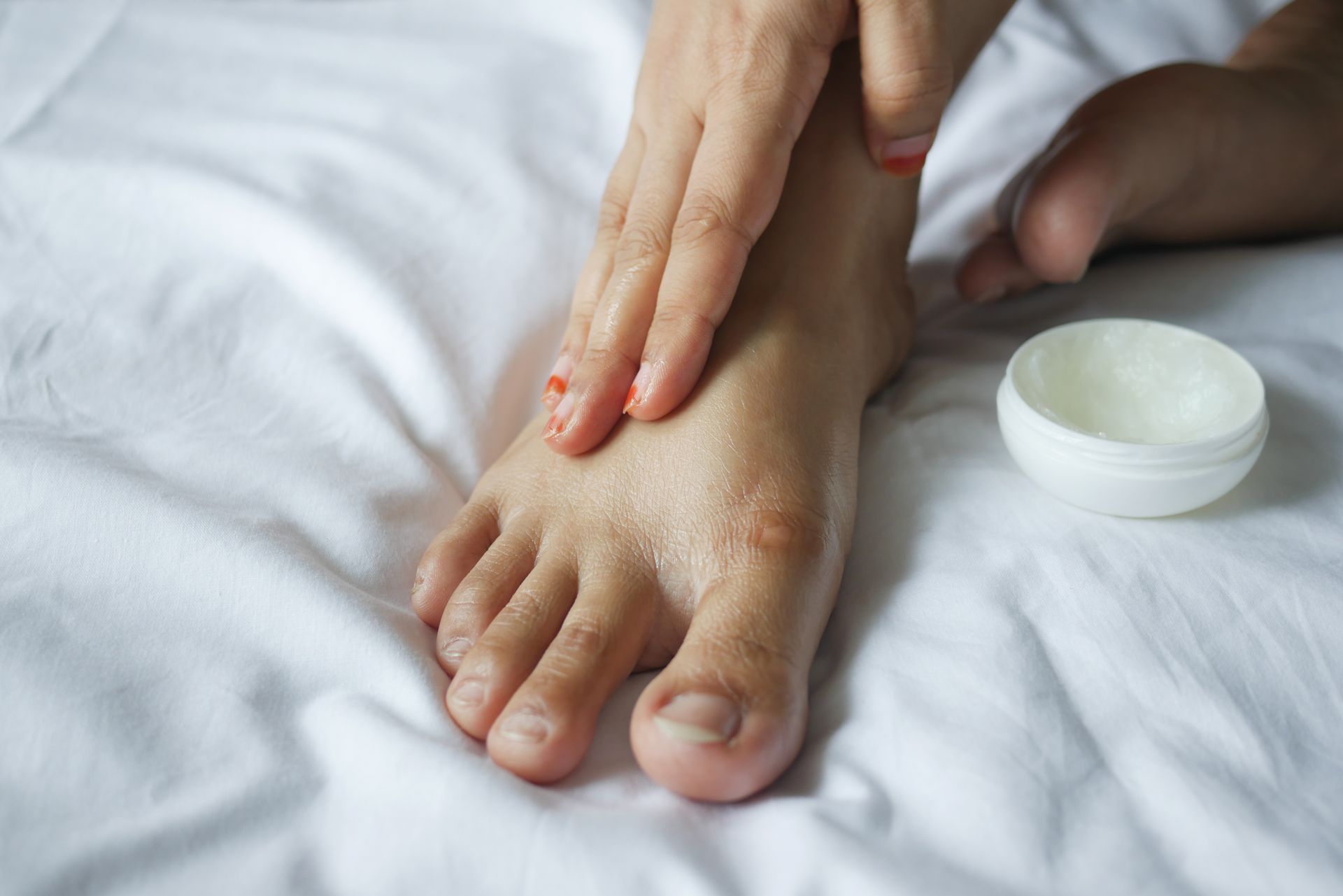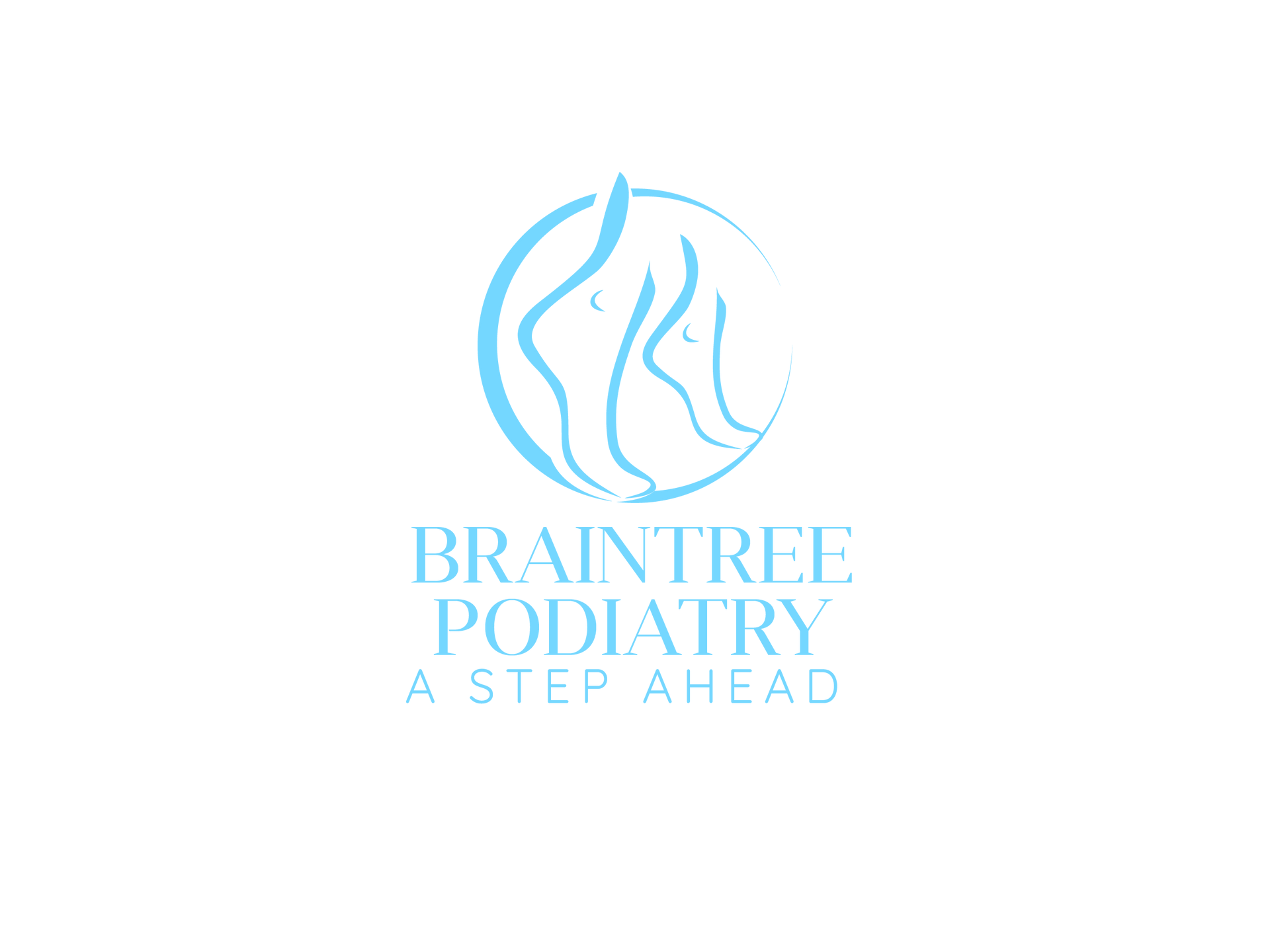Corn & Callus
Corns and calluses are thick, hardened layers of skin that develop when the skin tries to protect itself against friction or pressure. They often form on feet and toes or hands and fingers.

Corn
Corns are smaller and deeper than calluses and have a hard center surrounded by swollen skin. They can be painful when pressed. Hard corns often form on the top of the toes or the outer edge of the small toe. Soft corns tend to form between the toes.
Callus
Calluses are rarely painful and tend to develop on pressure spots, such as the heels, the balls of the feet, the palms and the knees. They may vary in size and shape and are often larger than corns.

Corns and calluses are caused by friction and pressure from repeated actions. Some common sources of this friction and pressure include:
Wearing ill-fitting shoes and socks: Tight shoes and high heels can squeeze areas of the feet, while loose shoes can cause your foot to repeatedly slide and rub against the shoe. Socks can help to reduce friction, so skipping socks can increase your risk of developing corns and calluses.
Playing instruments or using hand tools: Repeated pressure from activities such as playing instruments and using hand tools can cause corns and calluses to form on the hands.
Inheriting a tendency to develop corns: Some people are more likely to develop corns and calluses due to genetics. This is especially true for the type of corn that forms on non-weight-bearing areas, such as the soles and palms (keratosis punctata).

Signs and symptoms of corns and calluses include:
- A thick, rough area of skin
- A hardened, raised bump
- Tenderness or pain under the skin
- Flaky, dry or waxy skin
Callus
Treatment would depend on the severity of your condition. In some cases, calluses can be cut away by one of our podiatrists via a removal surgery.
This treatment is a safe and effective way to remove calluses without pain. It can also help to improve the overall health of the skin.
Corns
Corns are hard, thickened areas of skin that develop on the feet due to pressure and friction. They will not go away on their own, and if left untreated, they can become worse. Our podiatrists can remove a corn by reducing the hard skin overlying it and then removing the corn with a scalpel.
This treatment could be supplemented by:
Reducing pressure: This can be done by padding or strapping the area where the corn is located. This can help to relieve pressure and prevent the corn from recurring.
Footwear advice: This can help you choose shoes that fit properly and do not put excessive pressure on your feet. This can also help to prevent corns from recurring.
Redistributing pressure: This can be done by using insoles or orthotics. These devices can help to spread the pressure evenly across your feet, which can help to prevent corns from recurring.
Correcting bony prominences: In some cases, corns may be caused by bony prominences. These can be corrected surgically, which can help to prevent corns from recurring.
Electrosurgery: In severe cases, electrosurgery may be used to remove corns. This is a more invasive procedure, but it can be effective in preventing corns from recurring.

